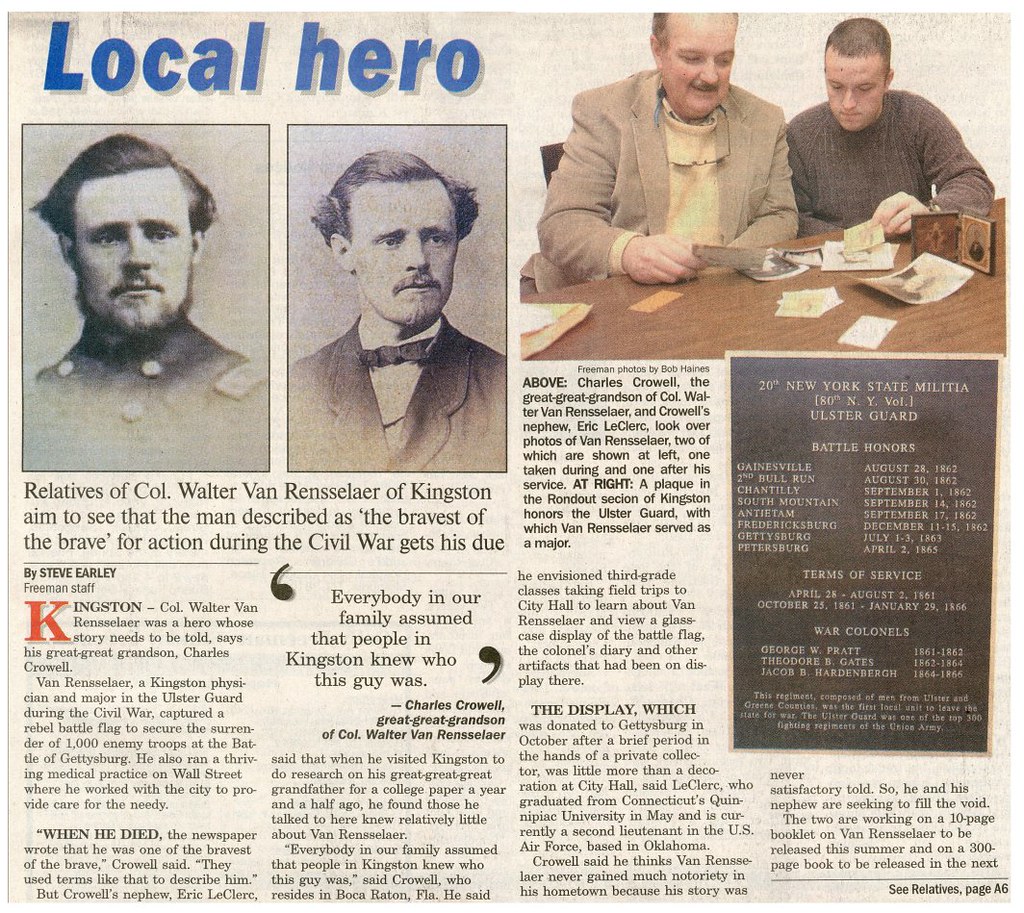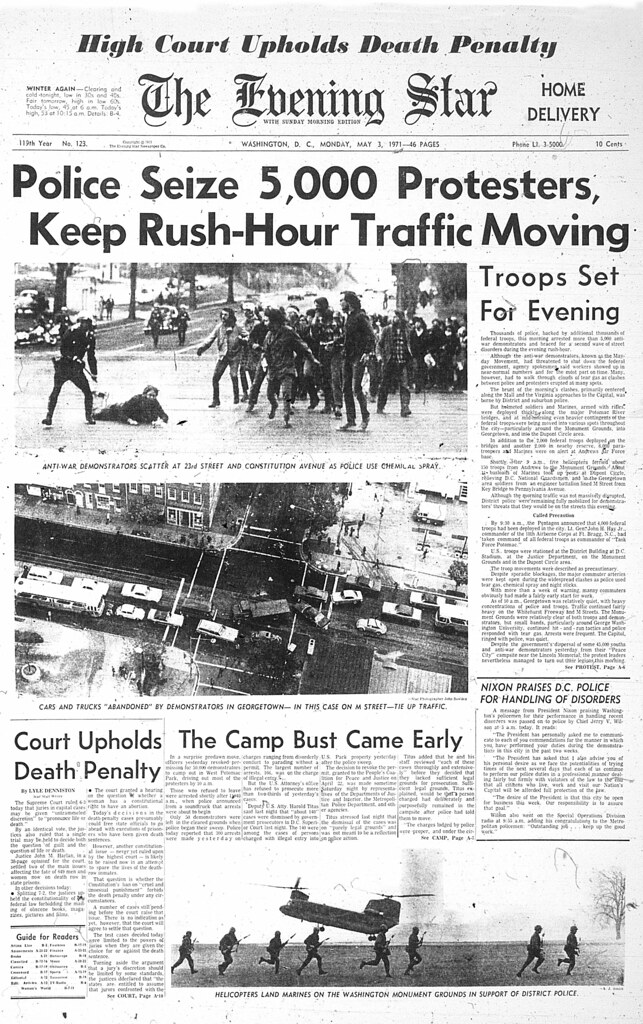Newspapers During the Civil War: Before the advent of television, radio, and the internet, newspapers played a crucial role in disseminating information. During the Civil War, citizens and soldiers alike relied on two primary sources for news: word of mouth and newspapers. While word of mouth provided immediate but often unreliable information, newspapers offered detailed and tangible accounts of the war, capturing events in a way that had never been seen before.
The Rise of War Reporting
By the time the Civil War began in 1860, newspapers had expanded beyond the major cities of the Northeast and reached towns across the United States. Many enterprising publishers set up presses even in smaller towns, ensuring that people had access to current events. However, most newspapers were initially unprepared to cover a war of such magnitude. The war spanned a vast geographical area and involved unprecedented numbers of soldiers and battles. Consequently, the need for firsthand accounts gave rise to a new profession: the war correspondent.

War Correspondents and the Front Lines
War correspondents traveled to the battlefronts, often enduring the same harsh conditions as soldiers. They provided detailed reports of battles, strategies, and life in military camps. Accompanying these correspondents were special artists who sketched scenes from the war, as photography was still in its infancy. These visual depictions allowed readers to experience the realities of war in ways previously unimaginable.
Challenges of Newspaper Reporting
The ability of newspapers to quickly obtain and publish information created challenges for military leaders. There was concern that sensitive information could be used by the enemy, leading to instances of censorship. This issue was more prevalent in the North, where newspapers were abundant and widely circulated. President Abraham Lincoln himself viewed certain newspapers as a threat, particularly those that opposed the war or sympathized with the Confederacy. As a result, some papers were suppressed or shut down.
Meanwhile, the South faced its own struggles with war reporting. The Confederate states had fewer newspapers before the war, and blockades made it difficult to obtain essential supplies like paper and ink. Many Southern newspapers were forced to cease publication, and those that remained operational had limited resources.

The Political Influence of Newspapers
Lincoln understood the power of the press and sought to maintain relationships with newspaper editors who supported his policies. However, this strategy sometimes backfired. A notable example is Horace Greeley, editor of the New York Tribune. While Greeley initially supported Lincoln, his fervor for Union victories contributed to heightened public expectations and, arguably, the disastrous battles at Bull Run.
Final Thoughts
The Civil War marked a turning point in American journalism. Newspapers became an essential tool for keeping the public informed, fostering national discourse, and shaping public opinion. With the advent of telegraph technology, war reporting evolved, setting the stage for modern journalism. Despite censorship and logistical challenges, newspapers of the Civil War era played an indispensable role in documenting history as it unfolded.
Newspapers During the Civil War
This post was created with our nice and easy submission form. Create your post!




